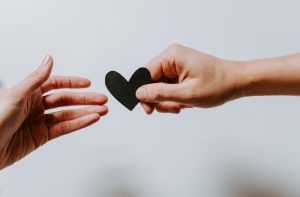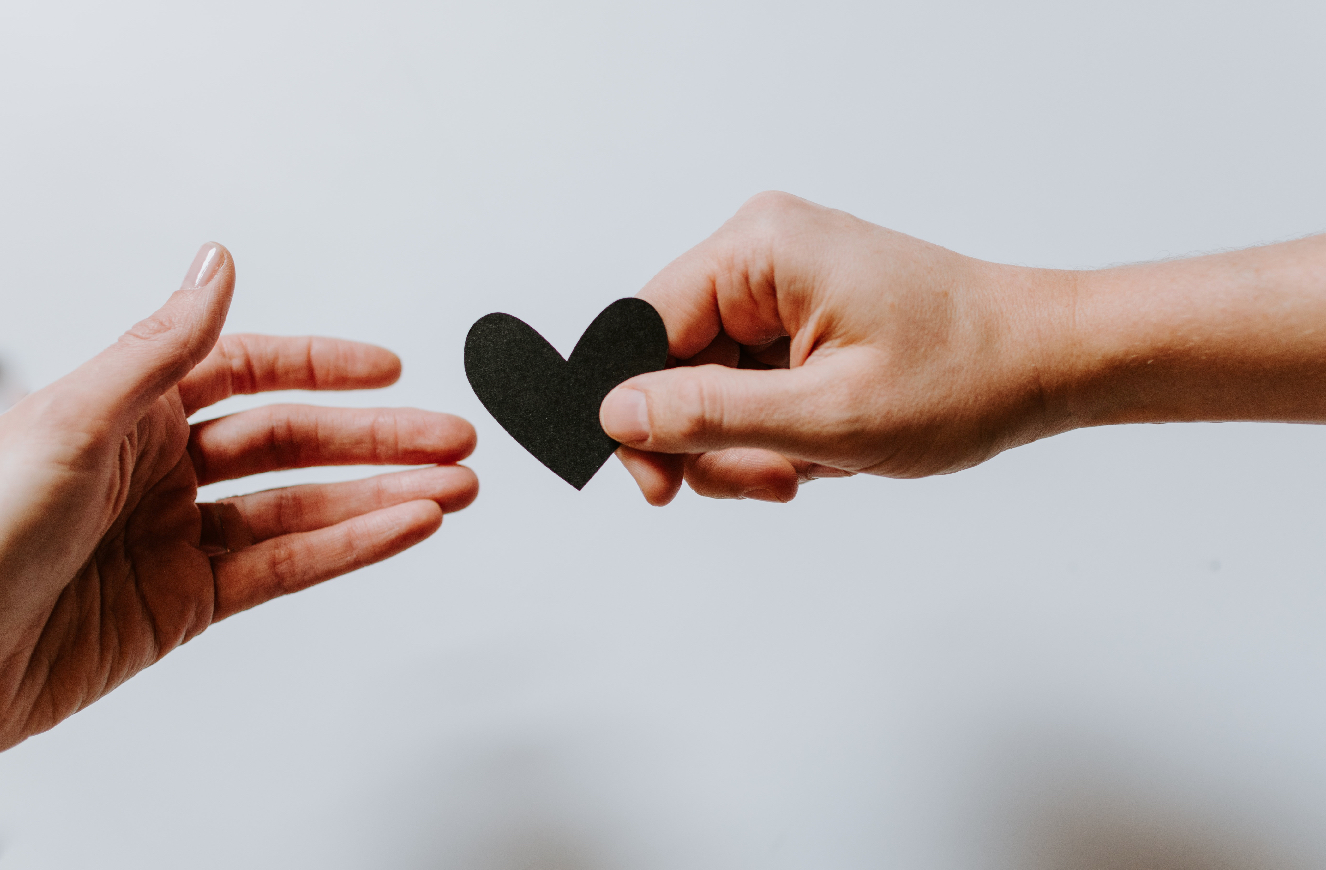
This week we read the parsha of Korach (here in Israel). “And Korach, the son of Yitzhar, the son of K’has, the son of Levi, took; and Dasan and Aviram the sons of Eliav and Onn the son of Peles And they stood before Moshe [16:1-2]”
This parsha is the embodiment of machlokes–jealous arguments prompted by the classic feeling that ‘I’ve been shortchanged or wronged.’ The obvious question that arises in the first passuk {verse} of our parsha is: exactly what did Korach take?
Rashi explains that Korach took himself. He removed himself from the eidah {congregation at large} in order to contest the appointments that Moshe had made. This, Rashi interprets, is what Targum Onkelos intended when he defined these words as ‘v’isp’laig’, meaning that he split. He split himself from those following Moshe in order to make a machlokes.
The Noam Elimelech takes the explanation of Onkelos quite literally and explains that every person emanates from beneath Hashem^Òs ‘throne.’ We are sent down to this world with one predominant objective–to stay connected and true to our source and essence. Our actions in this world serve to either connect or detach us from our root. Korach, by taking himself, actually ‘split’ from a lot more than the eidah. He literally split himself–cutting himself off from his source and essence.
In fact, these two concepts go hand in hand. We as a nation cover a broad spectrum. The way in which we can best connect to our true selves is by connecting to and being a part of the eidah.
The end of the school year at the yeshiva where I teach and my subsequent trip to the States afforded me two fascinating and inspiring glimpses. Seemingly opposite, separated by 6,000 miles but actually the two sides of the very same coin–being a part of the eidah.
I mentioned a few weeks ago that at our ending-banquet each of the boys speak of their experience and thank the people who helped to make their year more meaningful.
Our yeshiva is graced by the presence of two gentlemen, both retirees in their seventies, who spend their days speaking and studying with our boys. I would enjoy eavesdropping on the breakfast table conversations as one would tell the boys stories of growing up in Chicago in the thirties and forties. The other, a proper Englishman, would have the boys (who missed the Yeshiva’s morning prayer) come to him to discuss the concept of prayer over tea and biscuits.
Many boys described the impact that these two men had on them in glowing terms. They spoke from their hearts about how their relationship with these men had given them a perspective that they wouldn’t have gained otherwise. For me personally it brought home the realization of just how fortunate I am, getting paid a salary to do what people choose to do with their own free time at retirement. These men were both in a state of surreal bliss. How many people at their stage of life have the incredible fulfillment of working with young men and impacting strongly and meaningfully on their lives?
I was mesmerized observing the antithesis of Korach and his group–watching the inter-connection within the eidah with the young learning and gaining from those far older than they.
It was with those thoughts on my mind that I traveled to the States, staying by a close friend in Brooklyn. We attended the morning prayers together and he then invited me to join a class that he gave to a group of friends. This group, under the guidance of my friend, would study parsha together each morning.
One of the group was another close friend of mine, dating back to our teenage years. The other two ‘friends’ were two retirees who joined them each morning. Again I was mesmerized as I watched and participated in an incredibly beautiful ‘eidah connection.’ Danny leading the shiur {class} with myself and Jay, each in our late thirties, sitting and exchanging thoughts and ideas with Phil and Hi, both in their late seventies.
Some of us had Hebrew Chumashim {volumes of the Bible} with different commentators, others had English translations. Each had a chance to read, each had a chance to offer an explanation or thought and together we traversed the chasm of decades to connect as one eidah.
The beauty of Klal Yisroel {the congregation of Israel}. The beauty of being part of the eidah–giving and gaining, to and from the varied elements which comprise the whole. Connecting to the eidah and thereby connecting to ourselves and to our essence, making the eidah whole and thereby making ourselves whole.
My words this week are dedicated in memory and toward the merit of my sister, Devorah Pessel bas Asher Chaim a”h. In her short lifetime she managed to bring beautiful love and connection to her family and those who knew her. T’hee nishmasah tzrurah b^Òtzror ha^Òchaim.
Good Shabbos,
Yisroel Ciner
Copyright © 2000 by Rabbi Yisroel Ciner and Project Genesis, Inc.
The author teaches at Neveh Tzion in Telzstone (near Yerushalayim).


